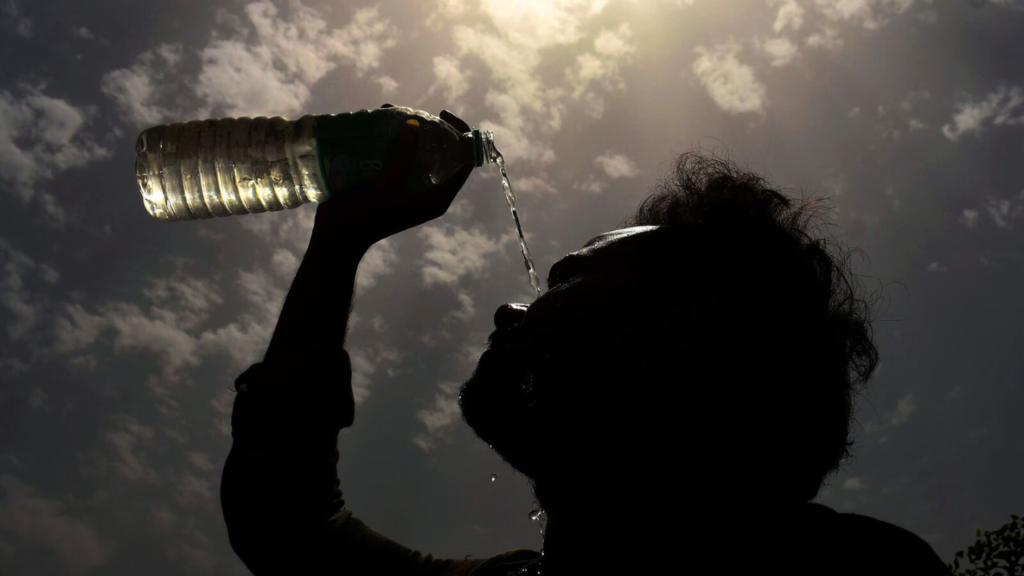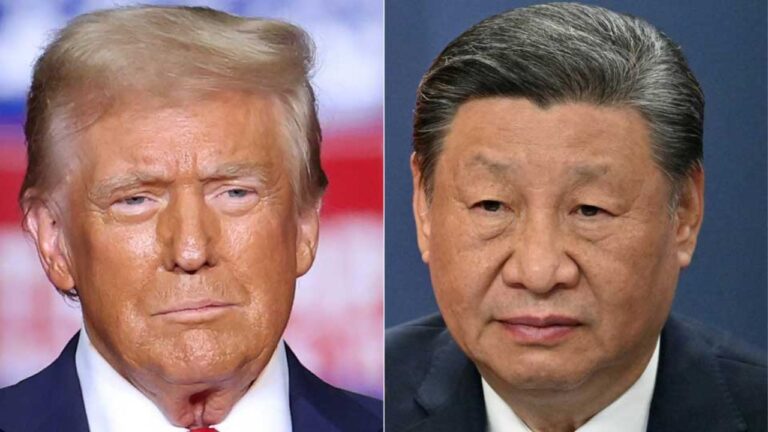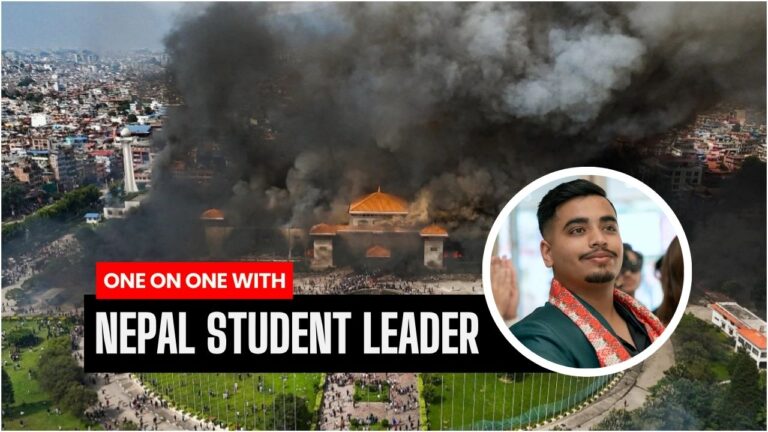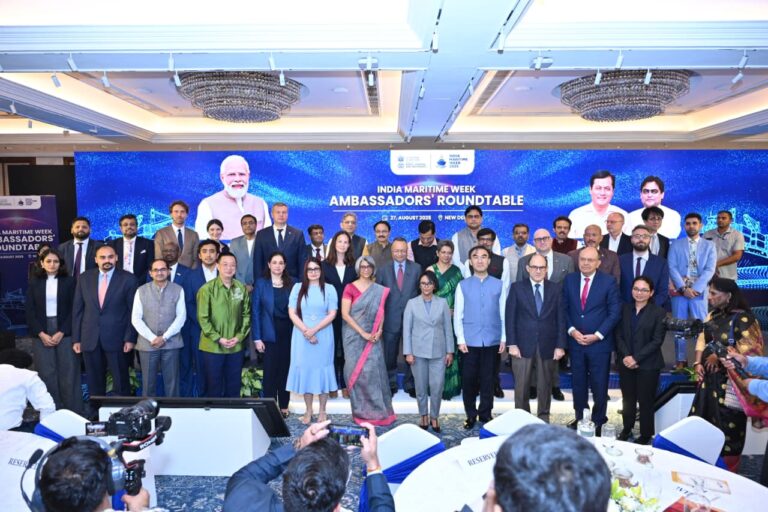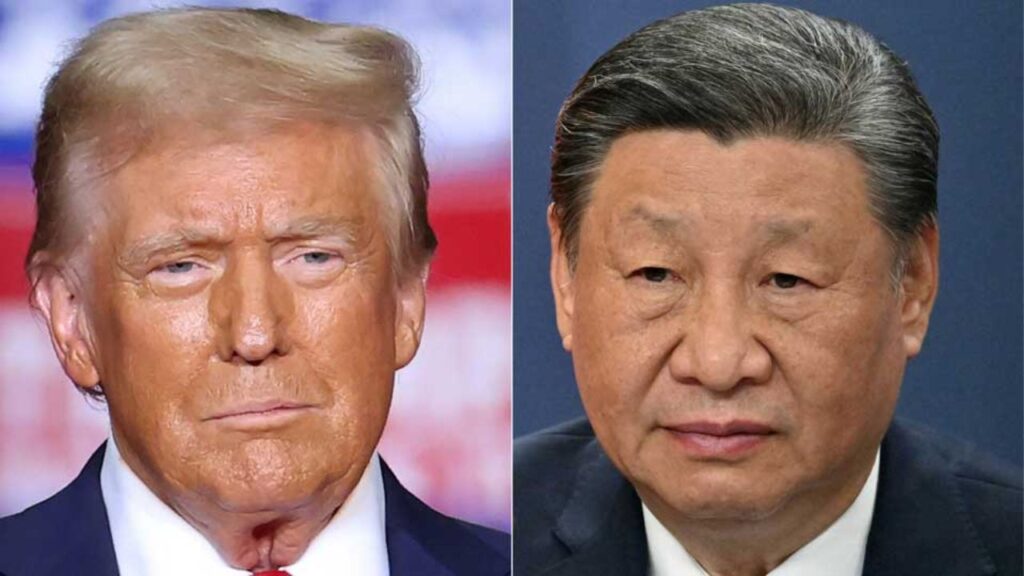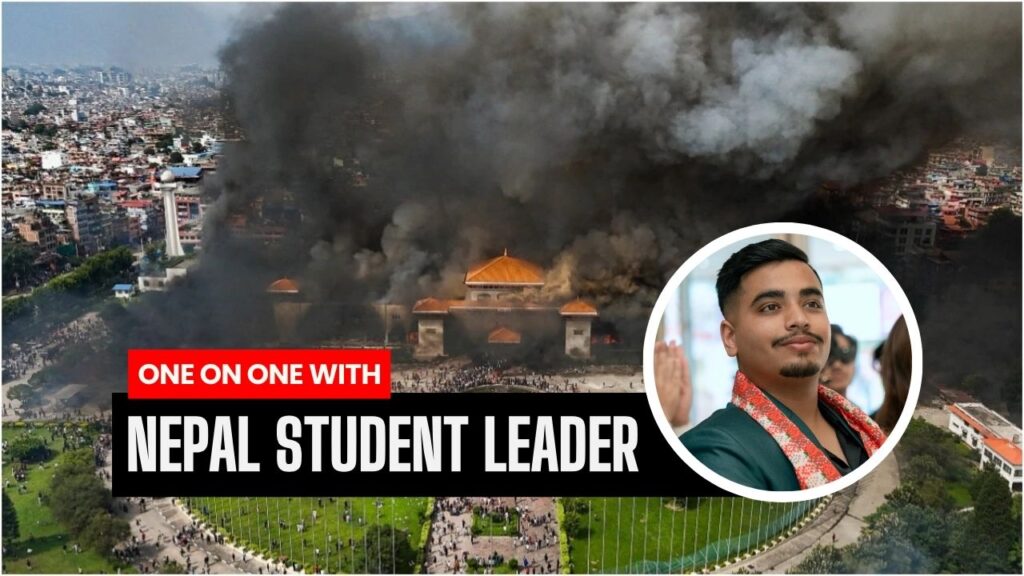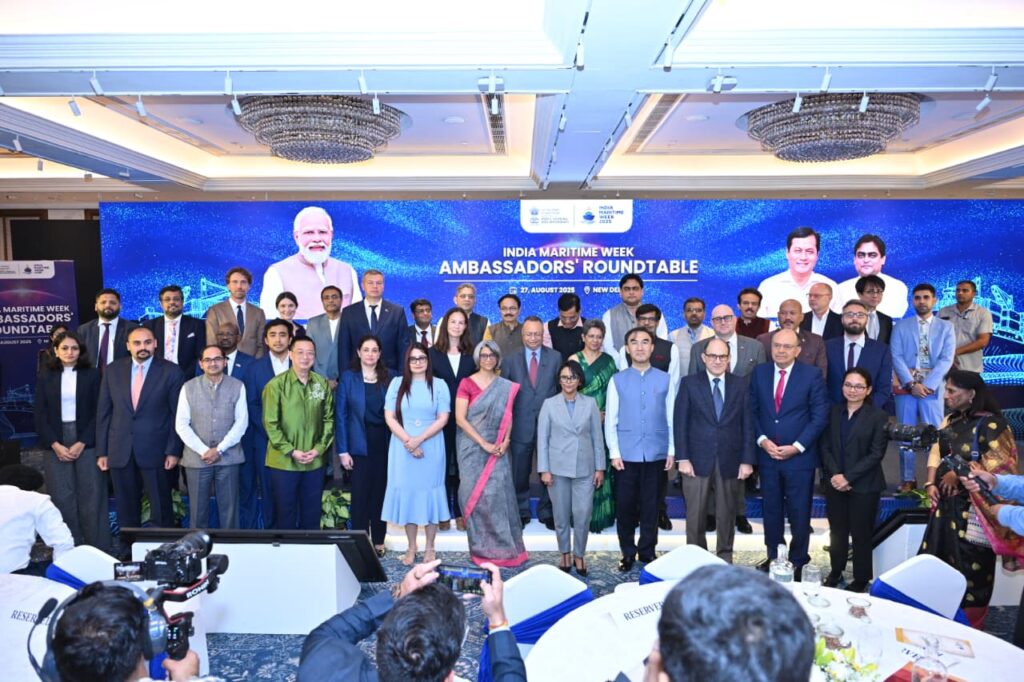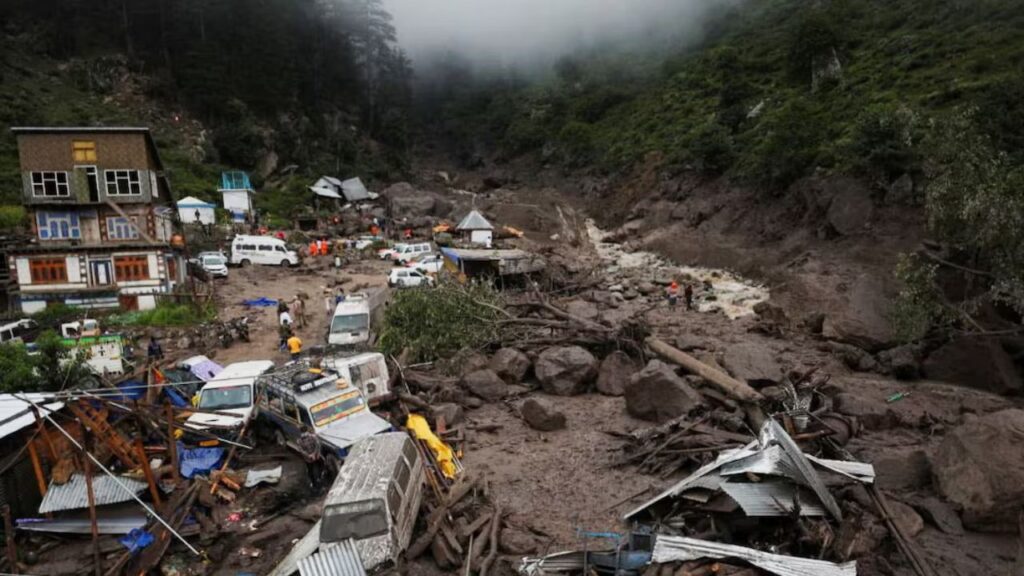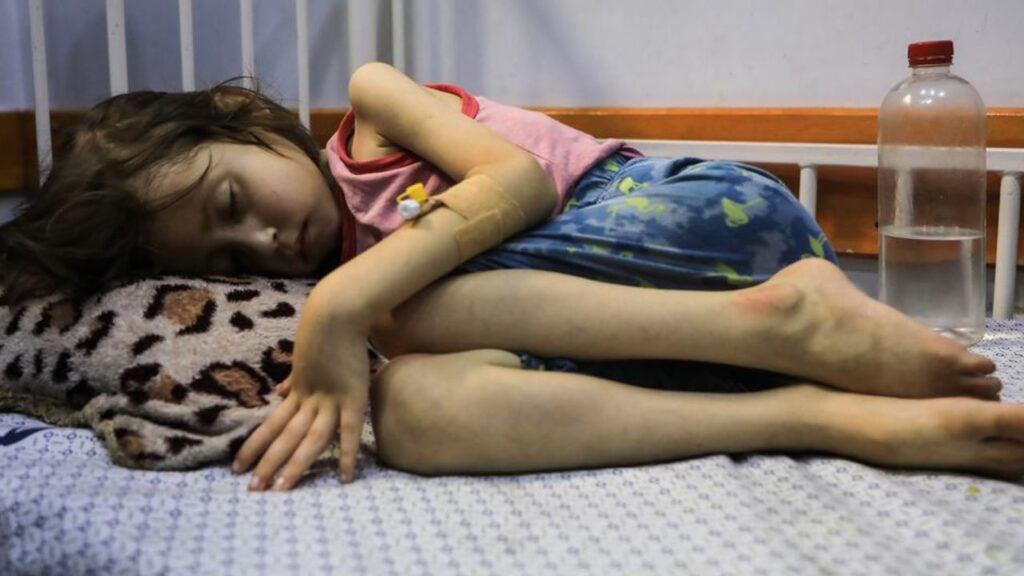A relentless heatwave has swept across large parts of India, pushing temperatures to record highs and prompting authorities to issue red alerts in several states. The India Meteorological Department (IMD) reported temperatures soaring above 45°C (113°F) in northern, central, and eastern regions, with cities like Delhi, Lucknow, and Patna bearing the brunt of the extreme weather.
The heatwave, described as one of the most severe in decades, has strained power grids, disrupted water supplies, and raised concerns about public health. Hospitals in affected areas are reporting a surge in heatstroke and dehydration cases, with vulnerable populations—children, the elderly, and outdoor workers—facing the highest risks.
“We are seeing a significant increase in heat-related illnesses,” said Dr. Anjali Sharma, a senior physician at a Delhi hospital. “People must stay hydrated and avoid direct sunlight during peak hours.”
In response, state governments have implemented emergency measures. Schools in Uttar Pradesh and Bihar have been closed indefinitely, and outdoor labor has been restricted between 11 a.m. and 4 p.m. The National Disaster Management Authority has urged citizens to follow safety guidelines, including drinking ample water and wearing light-colored clothing. Relief camps providing shade, water, and oral rehydration solutions have been set up in urban centers.
The heatwave has also exacerbated water scarcity, with reservoirs and rivers drying up in states like Rajasthan and Madhya Pradesh. Farmers are grappling with crop losses, and rural communities are facing acute shortages.
Climate experts attribute the extreme weather to a combination of global warming and the El Niño phenomenon, which has disrupted monsoon patterns.
The IMD forecasts that the heatwave may persist for another week, with little relief expected until the onset of pre-monsoon showers. Authorities are urging citizens to remain vigilant as the nation battles this unprecedented crisis.
The heatwave has strained Delhi’s infrastructure, with power outages reported in densely populated neighborhoods and water shortages hitting slum areas hardest. The IMD’s seasonal outlook for April to June 2025 warns of 10 to 12 heatwave days in northwest India, double the usual five to six, intensifying concerns for vulnerable communities. Local relief efforts include government-run cooling centers, but residents like Rajesh Kumar, a rickshaw puller, say they are too far from work sites. “We need water and shade where we are,” he said. As temperatures climb, the city’s most marginalized bear the brunt, highlighting the urgent need for accessible relief measures.
In Delhi, the searing temperatures have transformed daily life, with the IMD recording a high of 40.5°C at Ridge on March 26, 6.3 degrees above normal, and predicting sustained heat through April. The IMD’s latest bulletin notes that maximum temperatures are likely to hover between 39°C and 42°C over the next few days, with strong surface winds adding to the discomfort.
Families in cramped, poorly ventilated homes struggle to sleep, while schools have shifted to early hours to protect students. The IMD has advised residents to avoid outdoor activity during peak heat, but for many, like daily-wage earners, staying indoors isn’t an option. The department’s forecast of “mainly clear skies” offers little hope for relief, as the absence of cloud cover drives temperatures higher.

